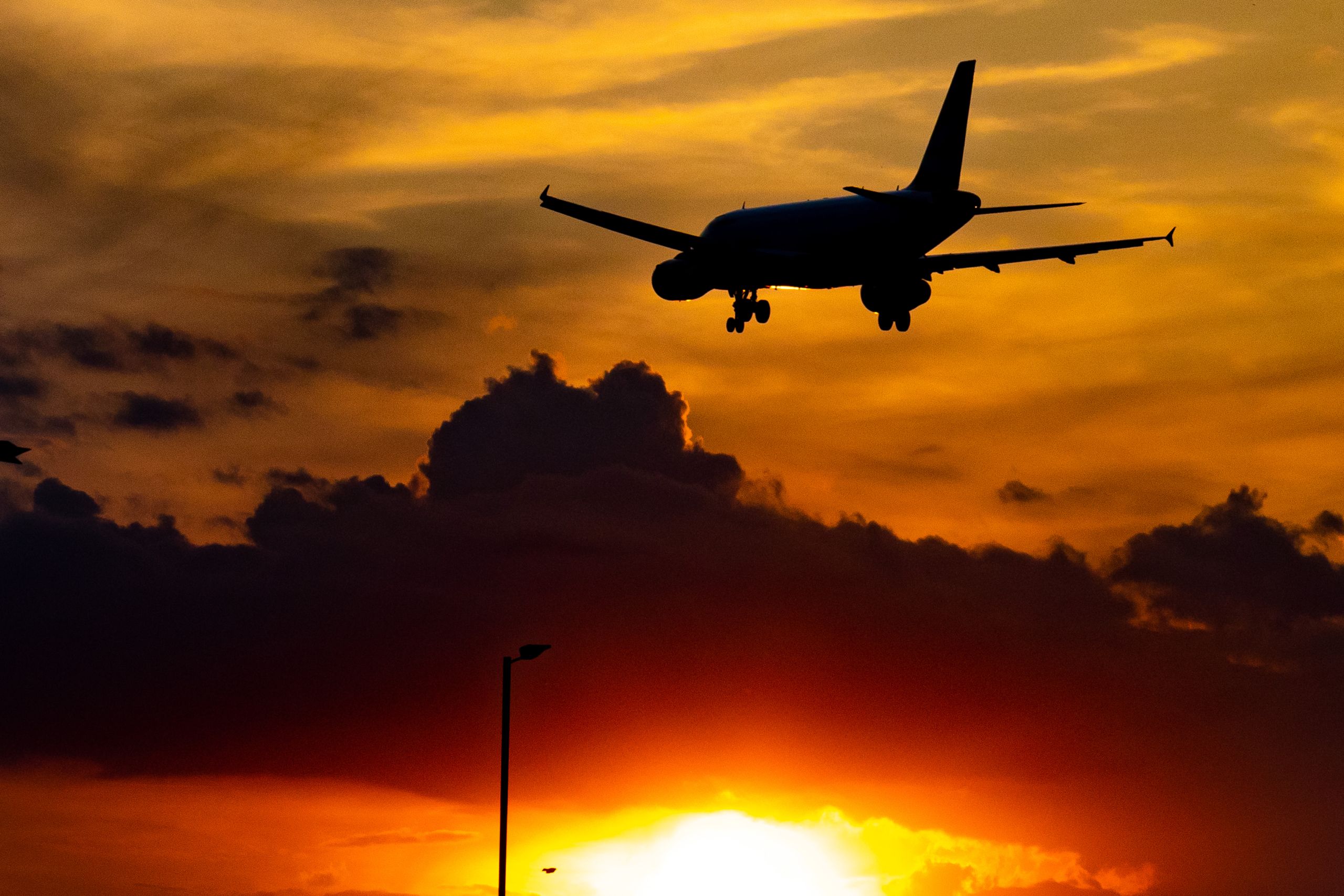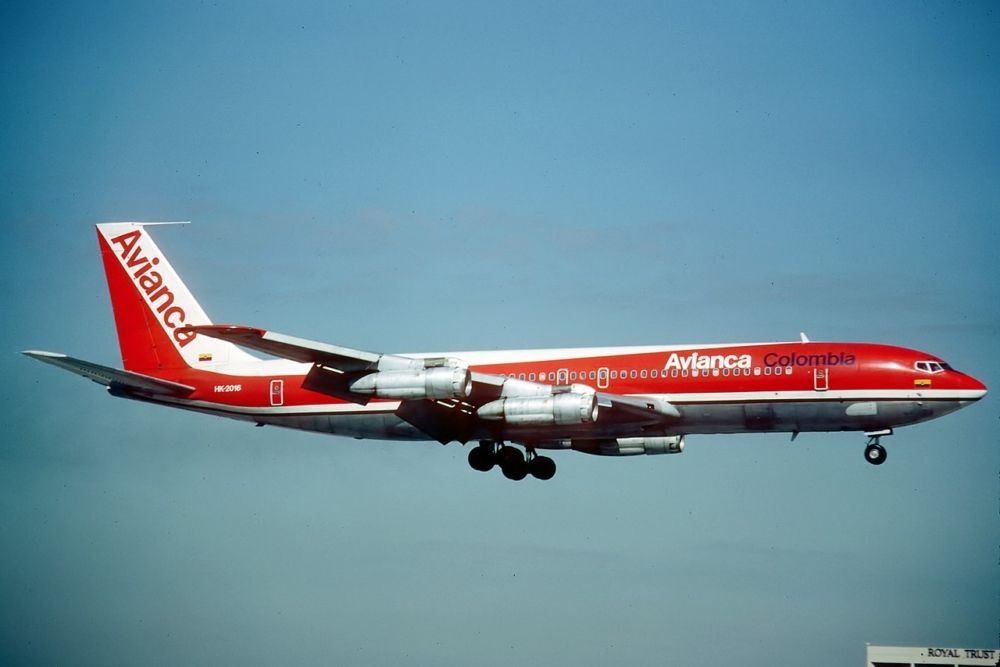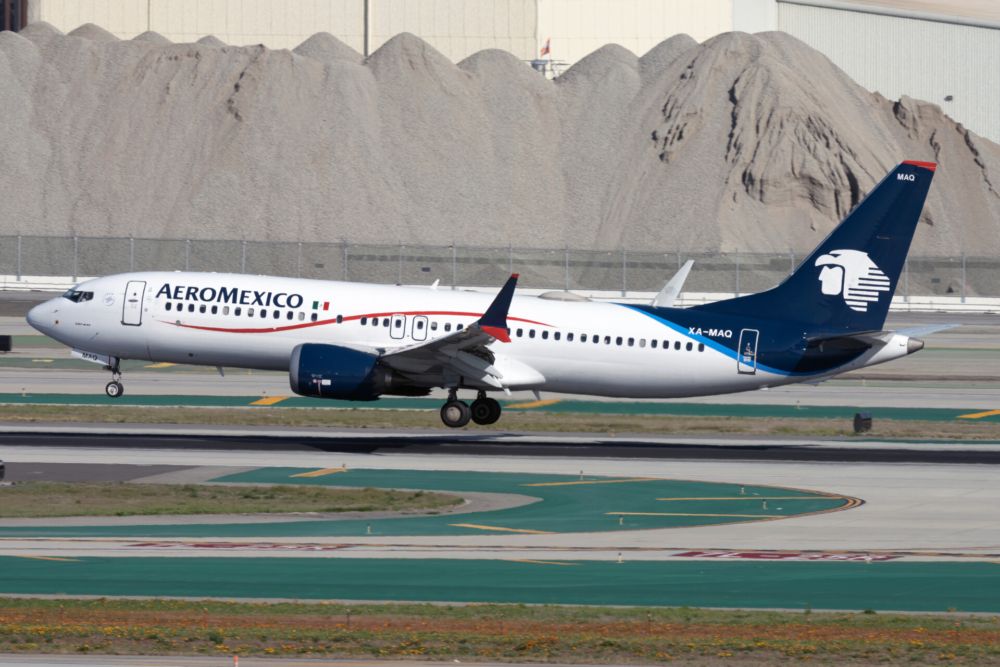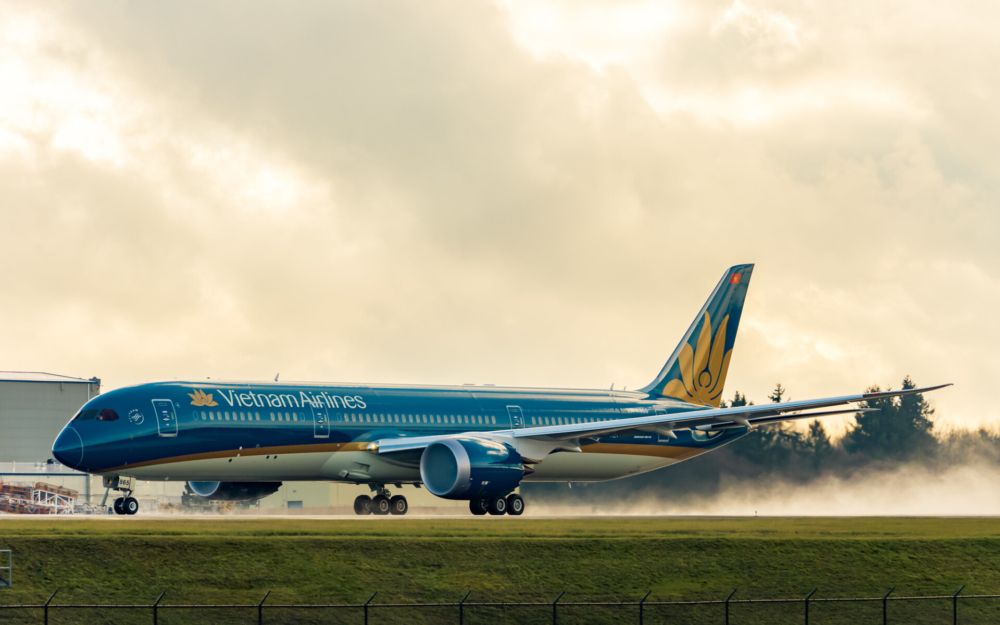The world of commercial aviation is one driven by a strong commitment to safety. This has led regulatory bodies to establish programs to ensure that carriers worldwide meet standards that keep their passengers and employees safe. In 1992, the FAA set up the International Aviation Safety Assessment Program, which categorizes countries in two ways.
This scheme sees the FAA class countries as either Category One or Category two in terms of safety. Simple Flying explored the latter of these in May 2021, after Mexico was downgraded. But what does the first of these classifications represent?
How the IASA program came to be
Let's start by establishing why the FAA has created its two-tier IASA Program. The decision to do so came about in 1992, following the crash of Avianca flight 52. This catastrophe occurred in 1990, and saw 73 occupants lose their lives when the flight crashed in Long Island.
This promoted scrutiny for the FAA regarding how it regulates the carriers that it allows to fly in US airspace. This led to it creating the IASA program two years later, with the goal being to ascertain safety ratings for foreign countries, whose airlines might fly to the US.
Category One
As we have established, the IASA Program is a two-tier system consisting of classifications known as Category One and Category Two. The former of these is for countries whose commercial aviation practices are considered to be in line with ICAO standards.
Countries have to meet standards for various different aspects in order to achieve a Category One rating. According to Airways Magazine, these include the country's operating regulations, training, legislation, safety resolutions, and technical capabilities.
It is important to note, as the FAA explains, that a country's commercial aviation operations as a whole, rather than those of individual carriers, dictate its classification. It adds:
"An IASA does not evaluate the safety compliance of any particular air carrier, nor does it address aviation security, airports, or air traffic management."
Get your boarding pass to the flight of the year. The Future Flying Forum is taking off soon!
Scope for movement
Another important aspect to be aware of is the fact that a country's IASA classification isn't necessarily a fixed rating. Indeed, there is scope for nations to move in both directions. This enables both upgrades and downgrades, which can have implications when it comes to operating commercial flights between the countries in question and the US.
For example, the recent downgrading of Malaysia caused airlines from the country to suffer financially. A downgrade doesn't stop carriers from a Category Two nation from flying their existing routes to and from the US. However, it does mean that they can't establish any new links until their homeland has restored its Category One rating.
It has been a busy few years for the FAA in terms of reclassifying countries in line with the demands of the IASA Program. Indeed, Simple Flying has also reported on similar downgrades to nations such as Costa Rica, Pakistan, and Venezuela.
At the other end of the spectrum, 2019 saw Vietnam earn Category One status, having first applied in 2004. This unlocked the chance to open direct routes to serve the sizeable US-based Vietnamese community, although the coronavirus pandemic put these on ice.




